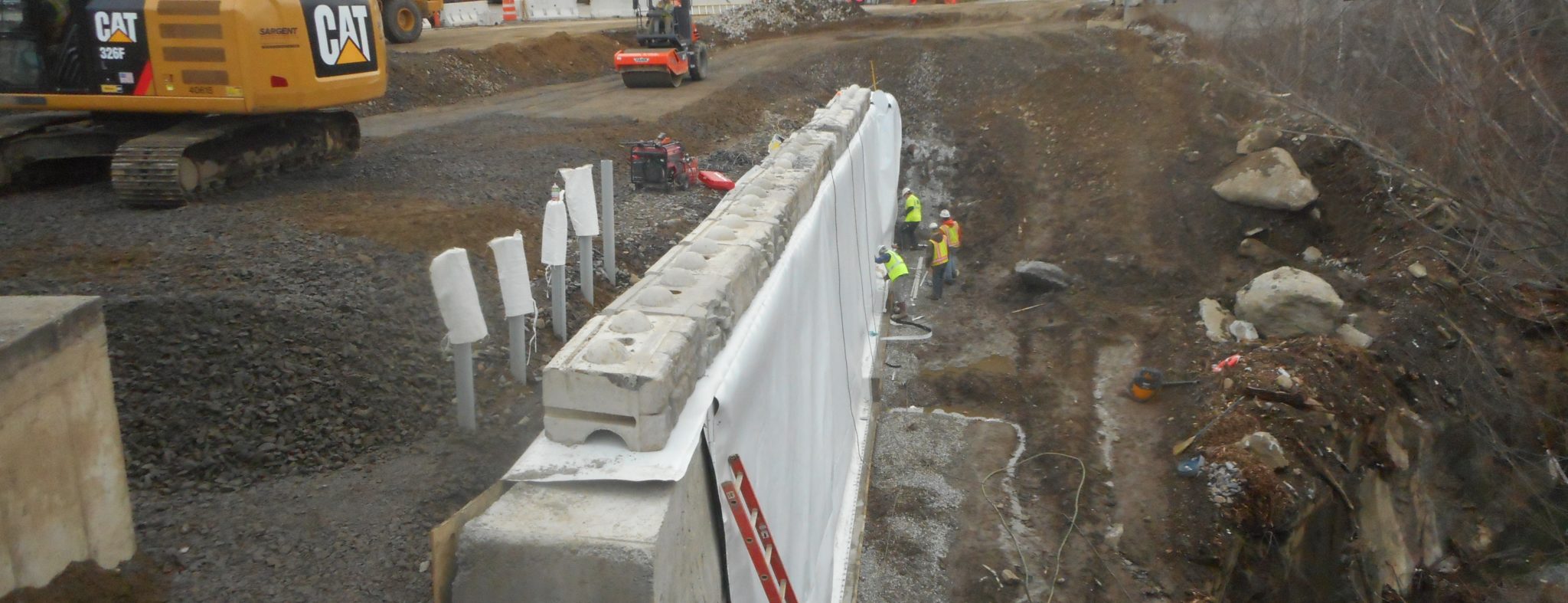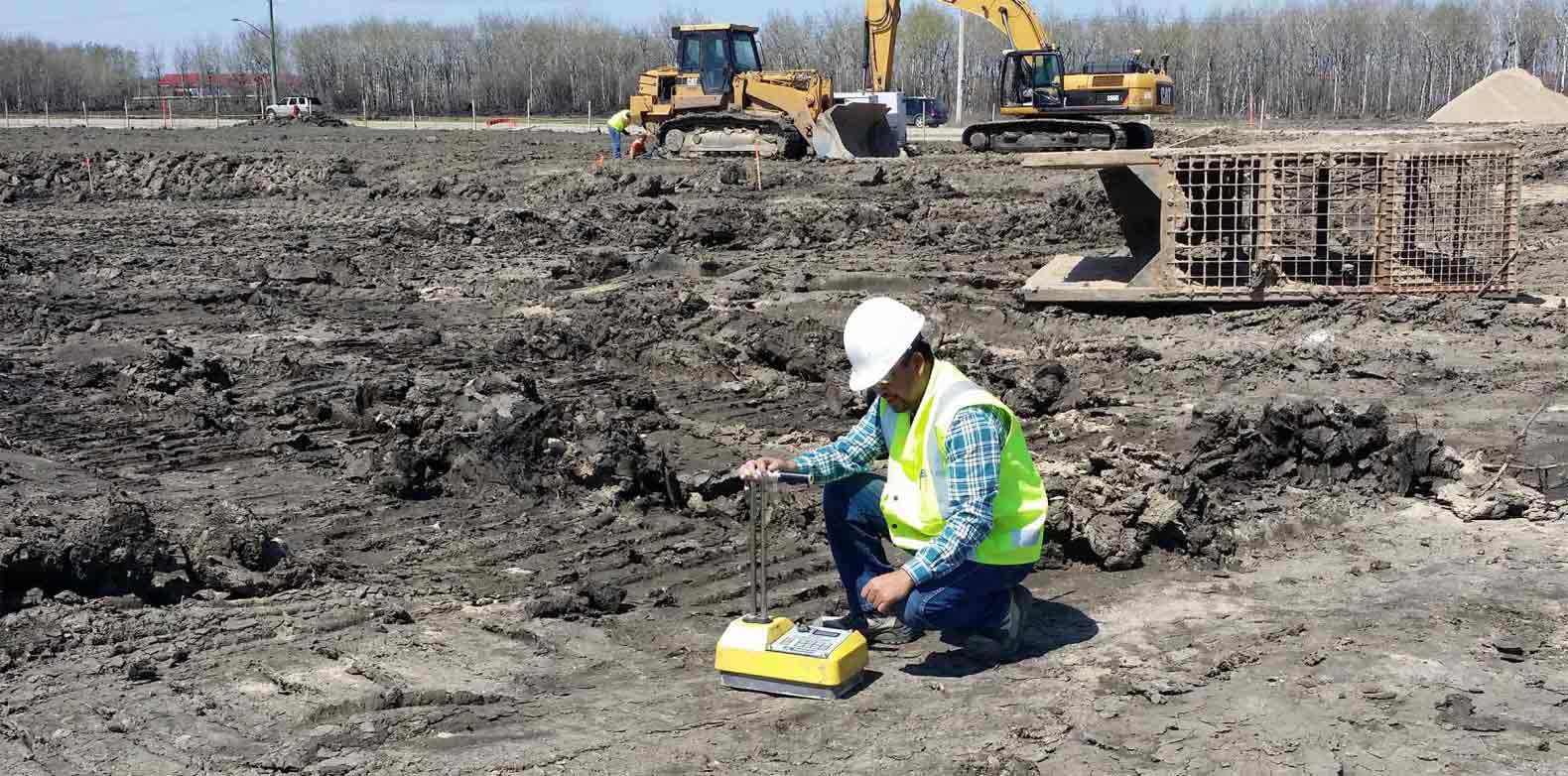Vital Devices and Technologies for Modern Geotechnical Engineers
Wiki Article
The Interdisciplinary Approaches in the Geotechnical Industry: Linking the Space In Between Design, Geology, and Environmental Science for Optimal Job End Results
The combination of engineering, geology, and ecological scientific research within the geotechnical sector is not just beneficial; it is imperative for accomplishing optimal job outcomes. This interdisciplinary partnership cultivates a detailed understanding of complicated website conditions, permitting ingenious services to emerge. By taking a look at essential duties and successful situation studies, we can uncover the vibrant interaction that drives project success. Nonetheless, difficulties remain in efficiently taking care of these multidisciplinary initiatives, questioning regarding potential innovations and future patterns. What techniques might emerge to promote this important cooperation and enhance the efficacy of geotechnical practices?Relevance of Interdisciplinary Partnership
The importance of interdisciplinary cooperation in the geotechnical market can not be overstated. Efficient geotechnical tasks need the integration of varied expertise from different fields, consisting of design, geology, and environmental science. This collaboration makes certain that all elements of a job are taken into consideration, causing extensive options that address intricate obstacles.When working in seclusion,Interdisciplinary partnership promotes advancement by allowing professionals to share insights and approaches that may not be noticeable. By leveraging the strengths of numerous self-controls, groups can identify potential risks, optimize style processes, and improve the sustainability of geotechnical tasks. Furthermore, such partnership advertises an alternative understanding of site-specific problems, which is vital for exact assessment and decision-making.
The complexity of geotechnical tasks requires a worked with approach to analytical. When engineers, rock hounds, and ecological scientists work with each other, they can create a cohesive approach that straightens technical demands with ecological factors to consider and regulatory conformity. This harmony not just improves job outcomes but also contributes to the long-term resilience of facilities. Eventually, interdisciplinary partnership is important for advancing finest practices and accomplishing quality in the geotechnical industry.
Key Functions of Each Discipline
Cooperation amongst different self-controls is not just helpful; it is essential for the effective execution of geotechnical projects. Each self-control-- design, geology, and ecological science-- plays an unique yet interconnected function that adds to predict effectiveness and sustainability.Geotechnical engineers are largely in charge of making structures and ensuring architectural stability. They analyze dirt and rock buildings to evaluate load-bearing abilities, offering important information for risk-free building techniques. Their competence makes it possible for the formula of cutting-edge options to complicated obstacles.

Ecological researchers examine the prospective influences of building on communities and water resources. They perform environmental analyses and establish mitigation strategies to minimize unfavorable impacts. By integrating eco-friendly factors to consider, they guarantee compliance with laws and advertise sustainability throughout the job lifecycle.
Study of Effective Combination
Successful combination of geotechnical disciplines can be exemplified through various study that highlight the performance of team effort in resolving complex engineering challenges. One remarkable instance is the building of the Hong Kong-- Zhuhai-- Macau Bridge, where a joint approach involving geotechnical design, geology, and environmental scientific research was vital. Designers and rock hounds operated in unison to examine the seabed conditions and enhance the foundation design, making certain security and reducing ecological influence.Another impactful case is the enhancement of slope stability in the San Francisco Bay Area, where an interdisciplinary team combined geotechnical analysis with environmental analyses. By integrating hydrological studies and geological surveys, the group successfully recognized potential landslide dangers and applied consulting engineer efficient reduction steps, boosting safety and sustainability.
Furthermore, the redevelopment of Brownfield websites typically requires a multidisciplinary technique. In one situation in Chicago, collaboration amongst geotechnical engineers, ecological scientists, and city planners led to the successful removal of polluted dirt, enabling the safe transformation of the website into a neighborhood park. These case studies illustrate that interdisciplinary cooperation not just addresses technical challenges yet likewise promotes innovative solutions that benefit both areas and projects.
Obstacles in Multidisciplinary Projects

Moreover, coordinating routines and operations amongst different teams can be troublesome, particularly when each discipline has one-of-a-kind job milestones and deliverables. This imbalance can lead to hold-ups and enhanced prices. The obstacle of source allotment additionally looms large; guaranteeing that specialized experience is offered at important junctures calls for cautious preparation and foresight.
Last but not least, governing conformity presents an additional significant difficulty. Each discipline may encounter different governing structures, and lining up these needs to satisfy project purposes can be time-consuming and complex. Resolving these obstacles requires strong leadership and reliable interaction methods to promote collaboration and make certain that multidisciplinary teams function cohesively towards shared objectives.
Future Trends in Geotechnical Practices
As the geotechnical market advances, arising patterns are reshaping methods to attend to the difficulties encountered in multidisciplinary jobs - geotechnical engineers. One considerable trend is the enhanced integration of advanced innovations, such as expert system and equipment understanding, right into geotechnical analysis and layout. These modern technologies improve anticipating modeling and risk assessment, making it possible for engineers to make even more enlightened choices throughout the project lifecycle
Moreover, the fostering of electronic twins and real-time tracking systems is becoming extra common. These devices promote continuous evaluation of soil problems and architectural performance, permitting prompt treatments when issues develop.
Conclusion
Finally, the combination of design, geology, and environmental science is crucial for attaining ideal outcomes in the geotechnical sector. Interdisciplinary cooperation fosters technology, enhances analytical abilities, and straightens technological demands with ecological sustainability. Effective situation studies highlight the advantages of this strategy, while recognizing the challenges faced in multidisciplinary projects. Looking in advance, embracing these joint methods will be crucial for navigating future trends and progressing the field of geotechnical design.The assimilation of engineering, geology, and environmental scientific research within the geotechnical sector is not simply advantageous; it is crucial for accomplishing optimal task end results. Efficient geotechnical jobs require the integration of diverse know-how from numerous fields, including engineering, geology, and environmental scientific research.Browsing the intricacies of multidisciplinary projects in the geotechnical sector provides several significant challenges.As the geotechnical sector evolves, emerging patterns are improving techniques to deal with the difficulties encountered in multidisciplinary projects. Geotechnical designers are increasingly working together with ecological scientists to make sure that jobs straighten with sustainability objectives and comply with regulative needs.
Report this wiki page